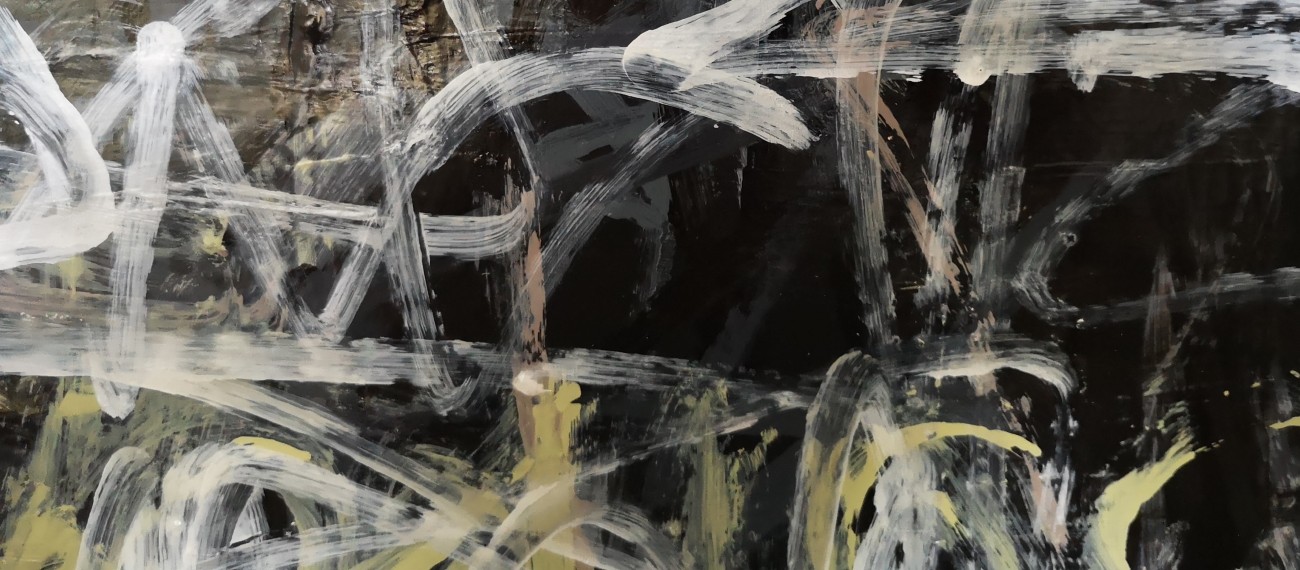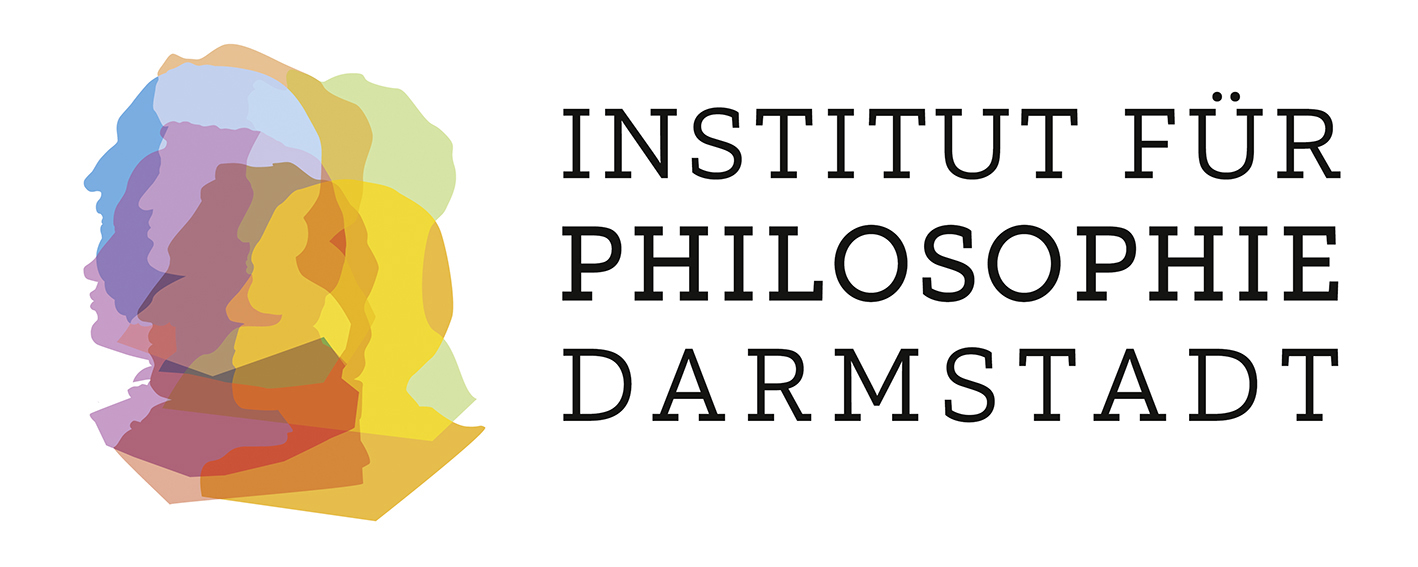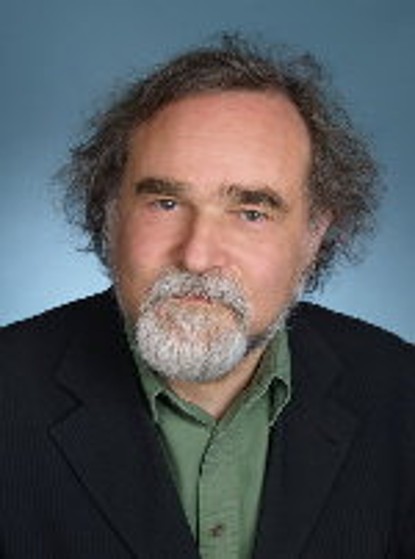|
Science
|
Technoscience
|
- the knowledge-production of homo depictor that often uses technology to create phenomena and make representations (e.g. theories, models, diagrams)
|
- the knowledge-production of homo faber that often uses scientific representations (e.g. theories) to acquire and demonstrate technological control
|
|
Description of Practice in Contexts
|
- there is a rich interplay of “intervention and representation” in terms of research technologies, instrumentation, theory, experimental technique, modeling practices
- this interplay takes places in the service of producing true (correct, empirically adequate, etc.) representations – here, research technology is required, for example, to establish laboratory condiations that isolate causal processes
- objective knowledge is propositional: hypotheses, theories, statements of fact have been found to be true or false, empirically adequate, more or less probable, predictively correct
- the standard scientific paper takes the form “We tested a hypothesis” or “We produced evidence that serves the evaluation of a hypothesis”
- there are boundaries between science and the public (expert vs. lay knowledge), lab and field
- science and technology are thought to be distinct, much technology results from the application of science (linear model)
- corresponding idea of pure or basic science, technology is either a research-‐tool subservient to science or an outcome of “pure” science
|
- there is a rich interplay of “intervention and representation” in terms of research technologies, instrumentation, theory experimental technique, modeling practices
- this interplay takes place in the service of establishing predictive and technical control of phenomena and processes – here, for example, theories appear as tools (algorithms) for constructing models of the phenomena
- objective knowledge consists in the acquisition,demonstration, and reporting of capabilities to produce processes and phenomena (this can be basic knowledge when it involves fundamental capabilities of measuring, visualizing, modelling, manipulating)
- the standard technoscientific paper takes the form “We have produced this phenomenon” or “We made a nano‐widget”
- porous boundaries and mixed practices, “mode-2”, new social contract, entrepreneurial, post‐normal
- the term “technoscience” indicates that science and technology cannot be held apart (hybridization) – the distinction between basic and applied is not possible
- so-called basic science develops theories as tools for so-called application-oriented science; research develops very basic capabilities for manipulating, visualizing or modeling phenomena and processes
|
|
Philosophical Charcterization
|
- how to bridge mind and world? (how can one achieve agreement between theory and reality?)
- in order to discern the the mind-independent features of reality, one has to distinguish in an observation (in the field or of an experiment) between what owes to the world (facts) and what owes to the conceptual and technical contributions of the researchers (artifacts) – this is an attempt to determine the moment when human activity (creation of experimental setup) stops and when „mere observation“ begins
- ontological concern: the need to distinguish true evidence from experimental artefacts – if you are seeking to ascertain the existence of the Higgs Boson,you better make sure that it has a mind-‐independent reality and that it is not an artifact of the experimental set-up
|
- what is the relation between making and understanding ? (how can one achieve understanding through making?)
- the work of purification has been abandoned either because it impossible or because it is unnecessary or both: – impossible: while in a classical experiment, facts and artifacts can be separated („we make the vacuum, nature makes the column of mercury fall“), technological conditioning extends further, for example, in experiments with specifically tuned laboratory animals or plants – unnecessary: where research proceeds in the manner of building and making, in a design mode
- ontological indifference of the maker and builder: if you are working to control the growth of carbon nanotubes, the question does not arise whether the resulting structure is natural or technical: indeed, it is supposed to be an artifact, co-produced by nature and the technological set-up
|
|
Questions of Ontology
|
- the world is made of of facts and not of things
- the thing thus becomes the Gegen-‐stand/object (ob-‐jacere) – it is that which opposes the subject and that becomes “secured” in true propositions that express facts
- dispositions – permanent property that allows for substantial definition and support the work of purification as one learns facts about the behavior of substances
- substantia – gene as explanatory concept in theories of heritance with variation – carbon as element in the periodic table
- what an object is, it is forever (appears immutable, timeless, depersonalized)
- nature as a given exhibits resistance and recalcitrance, leads to compromise and negotiation
- stability and instability – control is vertical, mastery that serves as evidence for truth of theories
- limited world: conservation laws are constitutive – adaptation to limits that are posited as absolute – to the extent that researchers are concerned to explain or represent things theoretically, they are living in a limited world and play zero-‐sum games
|
- things exist in their own right, they are attractive and powerful
- things demand intimacy, things are partners that afford possibilities, create successful connections to the world
- affordances – a relational property that becomes salient only in respect to human purposes and material agencies
- potentia – gene as tool for bioengineering -‐ carbon as a device affording functionalities
- what an object is depends on its own contingent history (biography, agency, subjectivity)
- world as field of potential to be explored and opportunities to play with
- control and surprise – control expands horizontally as stabilization of surprising properties and the performance of objects
- limitless world: conservation laws are a technological constraint with the mandate to liberate powers of renewal, expansion, dematerialization, intensification; researchers are seeking to transgress limits, create sustainable win-‐win situations
|
|
Questions of Epistemology
|
- controversies about realism vs. constructivism, about the rationality of theory choice, about models as intermediaries (fictions, simialarity), about truth
- how do propositions about the world become justified by evidence from the world? how important is it for the justification of belief about the world that it is demonstrably non-circular? for questions of scientific knowledge the problem of external validation is the main philosophical concern conservation laws are constitutive – to the extent that researchers are concerned to explain or represent things propositionally/theoretically, they are living in a limited world and play zero-sum games (metaphysics)
- hypothesis-‐testing as typical research genre
- objectivity results from the elimination of distortions that may have been introduced by the subjective and historical contingencies at the time of discovery and invention – it is intersubjectivity achieved over the course of time and of extended, temporally unlimited discussion that approximates but never achieves the final truth (Enlightenment as a historical process)
- credibility and trustworthiness rests in an ideally unbiased, uncontaminated, impartial, critical expert culture
|
- emerging discussions concerning the reducibility of know how to know that, about the justificatory role of technological functioning, about iterative procedures and the possibility of internal, seemingly circular validation
- how to judge claims of having achieved a technical capability? does the existence of a thing, does the demonstration of an object's competence to perform (e.g. the working of a machine) validate or vindicate itself or stand in a relation of mutual reinforcement with other technical capabilities? for questions of technoscientific knowledge the problem of (seemingly) circular) internal validation is the main concern conservation (adaptation/submission to absolute limits) gives way to sustainability, the mandate to extend with the help of technology processes of growth and to push limits further back … are living in a world that has the power to renew (innovate) itself such that win-win situations can be produced (metachemistry)
- proof of concept, demonstration of capabilities as typical research genre
- objectivity results from the delocalization of laboratory objects as they acquire stability and robustness and as they move out of the laboratory and into the world (conquering the globe)
- credibility and trustworthiness results from social and technical robustness, multi-‐expertise of all stakeholders as objects are integrated into the mundane
|
|
Click here (wird in neuem Tab geöffnet) to view the full document
|



